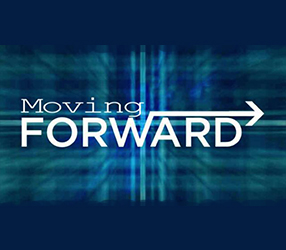Last time we explored some of the new innovation methods that are unseating the established conventional approaches that many companies still use. This time we will discuss the dynamics of this transition and the tradeoffs it produces.
So how might these new tools of innovation be used and what older constructs and approaches might they possibly replace?
| From the Old | To the New |
| Corporations | Federated Organizations |
| Strategic Planning | Idea Markets |
| Hurdle Rates | Crowd Funding |
| Portfolio Management | Innovation Tournaments |
| Talent Management | Creativity Clusters |
| Research and Development | Collaborative Open Innovation Networks |
| Phase Gate Systems | Crowdsourcing |
| Creative Problem Solving Methods | Worldwide Brainstorming |
| Life Cycle Management | Trickle-Up Innovation |
| Intellectual Property | Open Source Innovation |
While at first this may appear to be an exaggeration of the shift in contemporary business practices all one need do is look at an industry once lionized as an innovation leader to see this progression at work. Consider the pharmaceutical Industry once synonymous with medical breakthroughs and now virtually dependent upon a wide assortment of biotech and startup firms for its drug discovery and development. While admittedly the litigious state of the industry and heavy regulation haven’t helped the cause of cutting edge innovation the ever increasing complexity of tools and methods traditional for this industry have driven these juggernauts into an escalating bidding war for potential therapies. Given the legion of highly qualified scientists these pharmaceutical giants employ as compared to the much smaller and often undercapitalized biotech firms it can be assumed that the rules and tools of innovation these larger enterprises continue to use may be contributing to the lethargic state of the industry as a whole.
Everything New Becomes Old
As the French proclaimed during their Reign of Terror “The revolution devours its children.” History moves in cycles and progress vacillates between freedom and control. As with most things every strength brings a weakness. These new innovation practices are not without their own drawbacks:
| Upside | Downside |
| Global reach | Local politics |
| Real time strategy | Constantly changing course |
| Boundaryless organization | Legal accountability |
| Shared values | Shareholder value |
| Rapid response to emergent opportunities | Inability to sustain long horizon projects |
| Simplified innovation processes | Complex operational requirements |
| Best solutions from anywhere | Not invented here implementation |
| Accelerated experimentation | Disjointed solutions |
| Highly customized designs | Low manufacturability |
| Creative power of suppliers and clients | Disruptive power of suppliers and clients |
Ironically, many of these new innovation tools and rules have come from our children. While we hold them dear to us we may still marginalize their unfamiliar ideas and customs as strange. It may be wise to remember that deviation is a necessary condition of innovation – a departure from the norm – our norm.
We may be seeing something very new – innovating the way we innovate. How these generalities translate into specific applications will the work of Gen Next. We will have to wait and see what really works and what doesn’t. What is clear is that the rules and tools we used to create our brave new world are no longer necessary or sufficient for the next one. One size never fits all – and never did. We were once as they are now. And surely the day will arrive when they realize that they have become us. May that be the moment when they rediscover our rules and tools that brought us so far so fast.
